Robots and Rack Supported Platform Flooring: Key Factors For Deployment Success
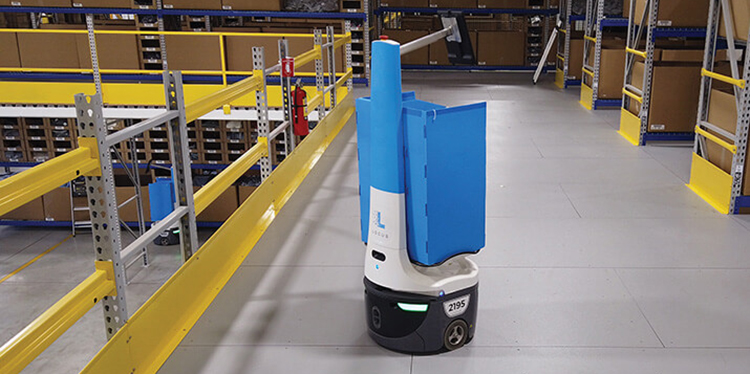
Flexible and versatile, automatic guided vehicles (AGVs) and autonomous mobile robots (AMRs) transport loads and help warehouse and distribution center associates fill orders more efficiently. Due to ongoing workforce shortages in the face of growing throughput needs, more facilities are increasingly turning to robotics. So much so that the global warehouse robotics market, valued at $9.42 billion in 2023, is likely to reach $23.87 billion by 2030. AMRs and AGVs added to operations are traveling virtually everywhere — including rack supported work platforms, pick modules, and mezzanines. But if the floor surface isn’t optimized for these robots, they may not perform as expected. Therefore, before specifying robots and rack supported platform flooring, consider several key factors to increase the likelihood of deployment success.
“Deploying robots on the wrong floor surface can have disastrous results,” said Dave Paquin, Director of ResinDek Robotic Flooring Sales for Cornerstone Specialty Wood Products. Cornerstone is a member of the Rack Manufacturers Institute (RMI). “The durability and condition of the flooring where the robots travel can negatively affect efficiency and throughput.”
Further, certain floor types — including concrete, bar grating, plywood, or particle board — can severely impact the speed, fluidity, accuracy, and safety of the robots’ movement.
“Worn or uneven surfaces are also problematic for robotic vehicles,” Paquin added. “When specifying robots and rack supported platform flooring, paying attention to key floor attributes is the best way to achieve expected AMR and AGV performance.”
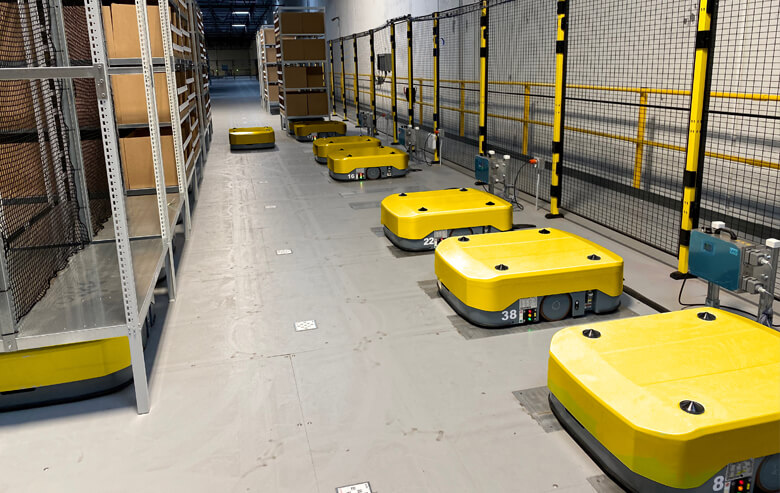
Considerations When Specifying Robots and Rack Supported Platform Flooring
Before pairing robots and rack supported platform flooring, Paquin advised considering several characteristics.
“First — for every rack supported platform regardless of application — make sure there are appropriate load capacity ratings for the floor and the steel structure,” he said. Paquin explained that the permissible deflection of the floor support members under load should be specified. That ensures the designer provides a floor with adequate rigidity.
“Both must be able to support the robots and their loads. Working with a professional engineer who specializes in designing rack supported platforms is imperative,” he added.
To ensure the robots move properly, the floor’s surface must provide enough grip to give their wheels traction. Paquin noted that if the surface’s coefficient of friction is insufficient, the floor will be too slippery. “A floor finish that’s too slick can affect how the wheels roll,” he explained. “That can interfere with the robots’ travel speeds and performance.”
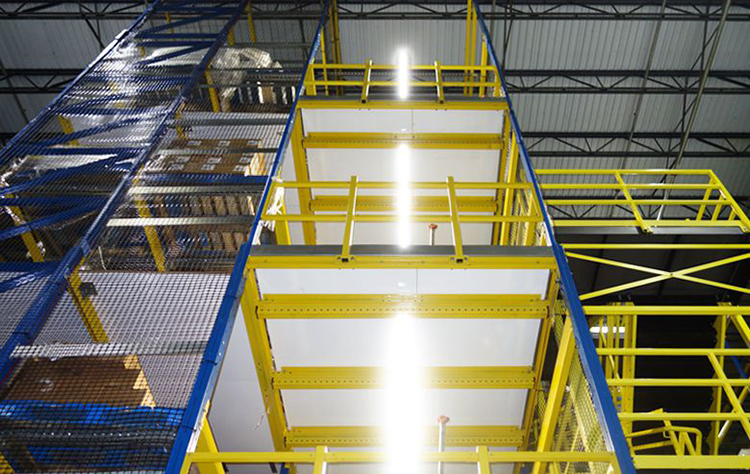
Other floor surface factors that can be problematic for robots as they navigate are levelness, glossiness, and color. A floor that slopes or dips can cause an AMR or AGV to veer off its intended travel path. Extremely shiny finishes reflect a high degree of light, which can impair a robot’s ability to interpret floor markers that direct travel. As for color, some robots’ navigation systems perform more reliably with a specific hue.
“The robots’ navigation systems are also sensitive to any scratches or other marks on the floor. Plus, the robots themselves will likely travel over the same areas thousands of times. Therefore, it’s important to assess how resilient the flooring is to abrasions and its long-term wear resistance to attain expected robotic performance,” added Paquin.
Test Robots and Rack Supported Platform Flooring Before Deployment
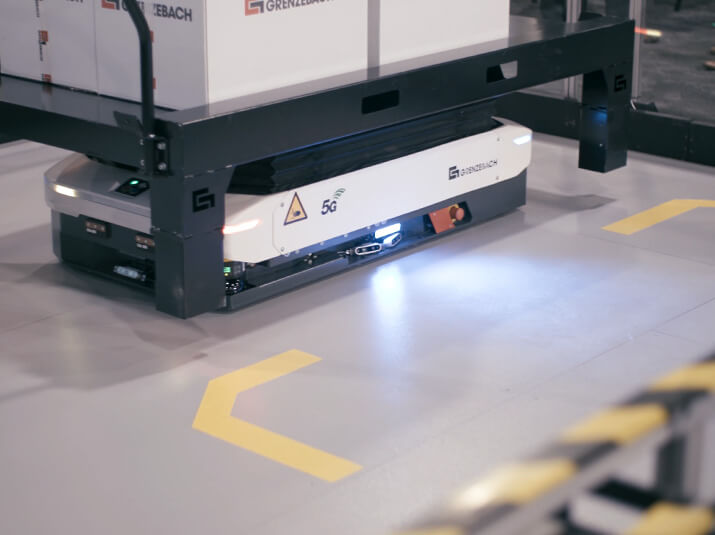
Keeping these considerations in mind when evaluating rack supported platform flooring is important. However, they aren’t enough to ensure a successful deployment, said Paquin.
“To verify that a fleet of AGVs or AMRs will function as expected, it’s critical to conduct viability testing,” he explained. “Work with both the vendor of the robots and the rack supported platform flooring supplier to evaluate how the two interact.”
Based on the results of the evaluation, refinements may be made to achieve the flooring solution that ensures deployment success. “There are lots of coating formulations and options available. There’s always an optimal surface solution for robots and rack supported platform flooring,” concluded Paquin.
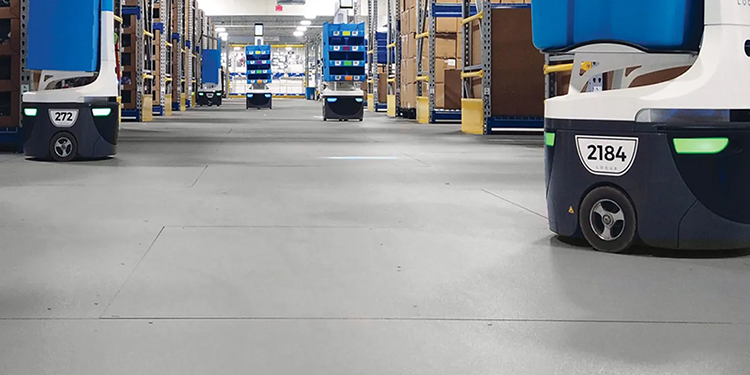
Learn More About Rack and Automation
Looking for more insights into integrating racks and automation? RMI recently presented a Tech Talk on the topic. Additionally, RMI members can offer guidance, discuss best practices, and make recommendations for successful deployments. For more information, visit mhi.org/rmi.


